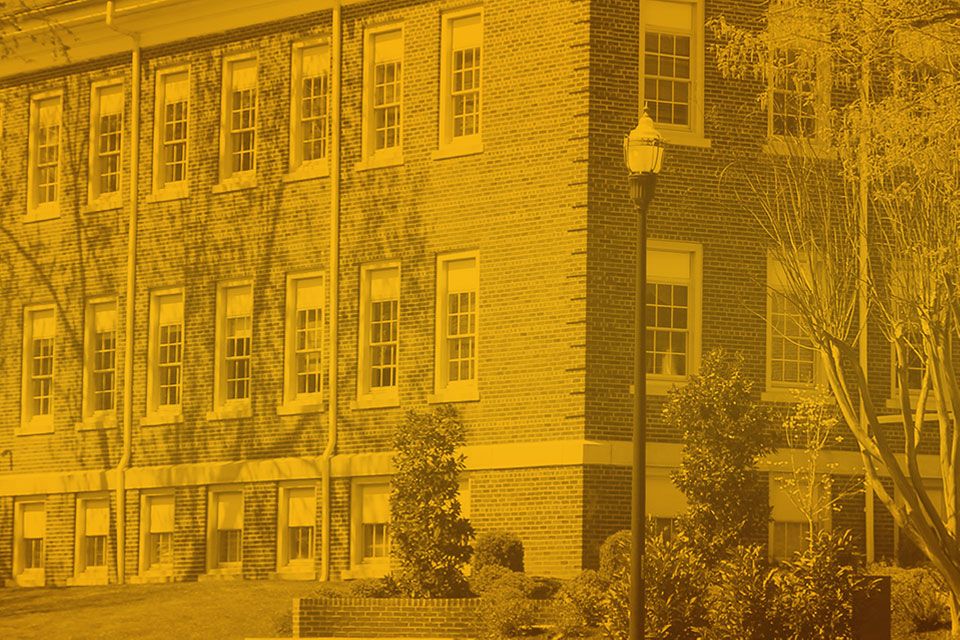“We’re saying back to better, not back to normal.”
Kasey Helton from Georgia Tech University said this in the Senior Housing Officers Pathway session “The Future of Residential Life in Supporting the Hybrid Campus” at the Association of College and University Housing Officers International virtual conference this week, and I’ve adopted it since. As we navigate the difficult transition between pandemic and post-pandemic life in the United States, higher ed housing officers will be the first to see students and families return to campus and will be forced to navigate the challenge of returning housing operations to a pre-pandemic state while being conscious of the remaining risk of disease.
This support role for housing officers has never been more important to the future of higher ed. National Student Clearinghouse data showed a 3.5% drop in college enrollment nationwide between spring 2020 and spring 2021, or about 603,000 students. That’s huge. For years higher ed circles have also been discussing the looming demographic enrollment cliff of 2025, in which the number of traditional college-age students will drastically decrease.
While higher ed must innovate to find new revenue streams, colleges and universities should consider retaining students their number one priority. From a financial standpoint colleges and universities need to keep students on campus, and from an ethical standpoint it is unacceptable to for students to be riddled with debt from half-finished degrees.
Housing officers are often the first line of defense for retention. They’re the first to see students arrive for the academic year and the last to see them leave. This year’s ACUHO-i conversations felt like a bellwether for the trajectory of student support in higher ed.
While it’s impossible for one person to capture an entire virtual conference, I’ll do my best here to outline some thoughts for housing officers after ACUHO-i and review the sessions I was able to attend.
The eloquent keynote by acclaimed author and scholar Dr. Marcia Catelain kicked off the conference by discussing essential equity conversations. She described her time living in college housing as an adult with her family and the challenges she faced. “You live where?” other students would ask after hearing she lived on campus, but she reiterated that her time on campus connected her with the unique challenges of student residents. Dr. Catelain concluded by noting “proximity, power, and privilege” are all lessons that affect staff and student experiences and should be referenced whenever housing officers consider their roles in supporting students. During COVID we saw how presupposing a network of support left exposed students behind. How vulnerable we felt during COVID was directly related to factors including our race and socioeconomic status, and even once the pandemic fades, these disparities will continue to exist. Retention efforts must accept this reality to target support toward students who need it.
Of course, “we all live on campus in one way or the other” she claimed. All higher ed professionals give their time and effort to their campuses; housing professionals give their lives and emotional energy to supporting students in residence halls.
In “Getting Heard: The Role of Advocacy in the Residential Experience,” housing officers described strategies for advocating for their staff and themselves within the institution. It’s necessary to avoid burnout and demonstrates the stress housing professionals are put under as stopgaps for many other issues on campus. “Proactive Care for Mental Health” was a discussion between housing professionals from two institutions about supporting staff wellness spaces and plans and understanding mental health conditions that are sensitive to social influences. As we consider student retention, staff retention and support is paramount, too.
The session I co-moderated with my Apogee Campus Engagement Services colleague Matt Rozhon, “Unifying Communications Through Cross-Campus Collaboration,” included insights from higher ed leaders. I’m not biased at all, but it was the best session of the entire conference (ha!).
Our session demonstrated the multi-faceted role housing officers hold in our current higher education system. Our panel illuminated how housing officers were involved with everything from making sandwiches for students trapped in residence halls during the Chicago protests of June 2020 to being tasked with keeping students on campus for spring break safely in the midst of a pandemic while being blocks away from the state capitol. Mental health support, diversity and inclusion curriculum, technology support – they do it all.
I started to realize while moderating the session how many students who have traditionally fallen between the cracks may benefit from the creative approaches implemented during COVID-19. Dr. Brandon Jones discussed the UT Austin spring break initiative he planned during 2021 to keep students on campus and its massive success. We determined from this anecdote that many students, including international students, had been sorely in need of on-campus spring break programming to keep them engaged, even in a “normal” year. Dr. Mollie Rockafellow and Hilda Ramos mentioned the renewed emphasis and strategies for mental health on their campuses throughout the pandemic, and Hilda illuminated how Roosevelt is keeping its wildly popular technology-based telehealth solutions for students in order to have more accessible mental health services for students in the future.
Another insight from our session included takeaways about student communication, a challenge many institutions find difficult. We saw a lot of chat questions throughout our session related to reducing email communications and reaching students where they are. Our panelists had great insight around understanding which communications platforms work and leaning into those while collaborating across campus to do so. Hilda rallied an entire campus to call every individual resident student in one afternoon during the pandemic. Dr. Jones noted that creating content students can share themselves on Instagram and Twitter, while also sharing content about offerings that other departments can distribute, helps dramatically with awareness. The Campus Engagement Services team has found much of the same through our managed student ambassador program. Students like the organic feeling of spreading the word about events themselves, and if they’re excited enough about a project they will.
The lessons learned centered on how to support students across various backgrounds, prevent staff burnout, and strategically review creative decisions that are made in crisis that should not “go away” post pandemic. All these can be part of the “back to better” we can achieve when we align strategy with the collaboration higher ed excels at.
Thanks for reading, and please contact us – we’d love to dialogue with you about these issues and how technology can help.





